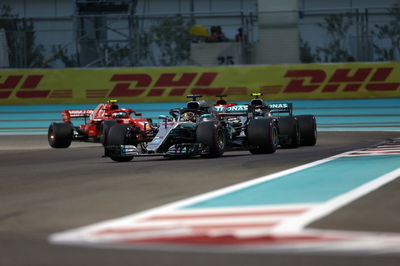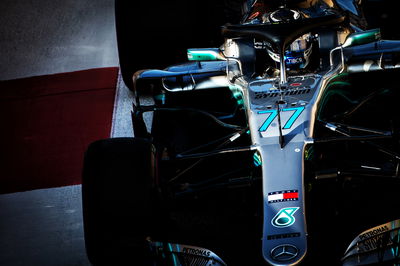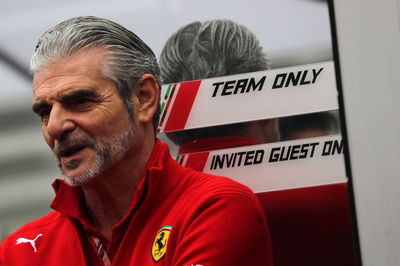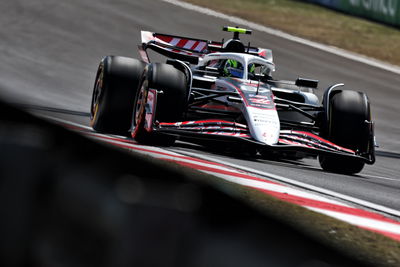F1 2019 aero rules ‘won’t change an awful lot’ - Wolff
Mercedes boss Toto Wolff has cast doubts over the impact Formula 1's new aerodynamic rules will have on the quality of racing during the 2019 season.
Tweaks to F1’s aerodynamic regulations have been introduced for the upcoming campaign in a bid to encourage closer racing and promote more overtaking opportunities.

Mercedes boss Toto Wolff has cast doubts over the impact Formula 1's new aerodynamic rules will have on the quality of racing during the 2019 season.
Tweaks to F1’s aerodynamic regulations have been introduced for the upcoming campaign in a bid to encourage closer racing and promote more overtaking opportunities.
Simpler front wings - featuring less aerodynamic appendages - and front brake ducts plus a wider and deeper rear wing are among the most notable changes, though teams remain “tentative” about the impact the revised regulations will have.
The aim is to redirect airflow over the top of cars in order to punch a hole in the air and reduce the effect ‘dirty air’ currently has when following in the wake of another car, which in theory will create a stronger slipstreaming effect.
F1’s current technical regulations allow for the airflow to be pushed around cars, which results in negative disruption and instability to the car behind, particularly having a negative impact on tyre performance and brake management.
“At the moment it is very difficult for the cars to follow because you lose downforce, the tyre loses grip and therefore the overtaking is really bad,” Wolff explained.
“When you look at some of the junior classes, like F2 for example, there’s some great racing there actually. They are able to come close.”
F1 chief Ross Brawn says predications from early research indicates a “20 percent improvement” in racing, though Wolff believes teams will find loopholes in the rules to keep directing the airflow around their cars and subsequently maintain performance.
“The aim was to take away some of the aero and direct the airflow over the top of the car but they fight 2000 aerodynamicists in all the teams and I think we have found solutions to get the air around the car, so it’s not going to change an awful lot,” Wolff added.

Five-time world champion Lewis Hamilton echoed Wolff’s concerns and added Mercedes is constantly striving to better understand the complexities of F1’s Pirelli tyres, another key area of influence for the current quality of racing.
“When you get behind another car you lose a large percentage of the airflow because the car is blocking it, so then it becomes more down to mechanical grip from the tyres and that is an area we are trying to constantly improve,” Hamilton said.
“The tyres are pretty much impossible to understand. It’s a science we are constantly trying to develop and understand because its a real unknown area.”












